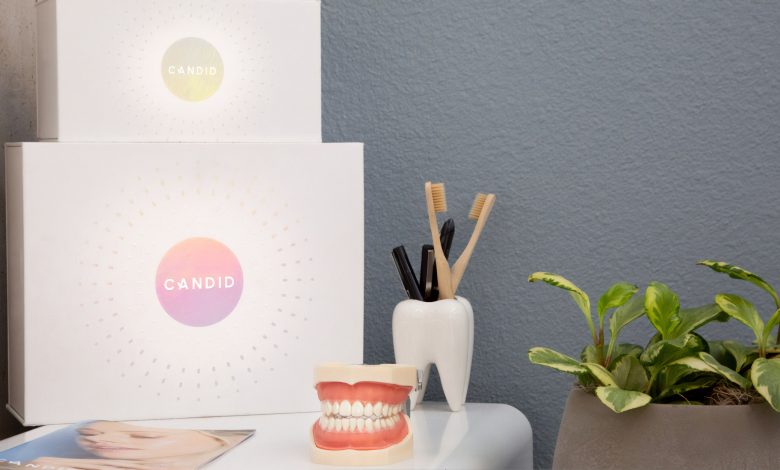An ultimate guide to dental procedure codes

When it comes to coding various dental procedure codes as well as reimbursement, dental coding remains a vital link in many dental practices. However, it can be confusing to code accurately since it involves different principles from medical billing.
Medical coding is based on Current Procedural Terminology (CPT), but dental coding is based on Current Dental Terminology, which the American Dental Association maintains. ADA maintains the codes needed for most dental procedures and in the dental claim process.
Many dental professionals are uncomfortable with CDT codes, even though they are part of every dental clinic. Because CDT dental codes are solely associated with insurance companies, American Dental Association procedure codes are the responsibility of the American Dental Association and not the business team alone.
What is CDT?
The CDT code set is in the CDT reference manual published annually by the American Dental Association. Procedural codes categorize all dental adjunctive and oral health services.
A CDT procedural code consists of an alphanumeric character beginning with the letter D and a title called the nomenclature. Some procedural codes include a short narrative or descriptor as well.
Several procedural codes exist, such as preventive, diagnostic, therapeutic, orthodontics, endodontics, implant services, fixed prosthodontics, removable prosthodontics, and more.
Purpose of CDT codes
According to the ADA, the CDT codes aim to achieve uniformity, consistency, and specificity in accurately documenting dental treatment.
In addition to being part of the HIPAA (Health Insurance Portability and Accountability Act), the code set is mandatory to process dental claims efficiently.
HIPAA standard electronic dental claims must use dental procedure codes from the CDT Code version in effect at the time of service. CDT codes are also used on paper dental claims, and the ADA’s paper claim form-data content conforms to the HIPAA electronic standard.
In CDT coding, dental professionals use limited codes that can be assigned to any section or category of the manual.
Different dental procedural codes:
D0140 – D0140 is an assessment code that is limited to “one evaluation every six months” or “two evaluations every year.”
D7210 – Code confidently extractions; extraction, erupted tooth that requires bone removal and/or tooth sectioning and, if necessary, the elevation of the mucoperiosteal flap.
D2740 — Porcelain or ceramic crown can now be reported using D2740. In the nomenclature, “substrate” is no longer used.
How CDT codes are determined in Dentistry
Prior to being eligible for assigning CDT dental coding for their services and procedures, the patient must have dental insurance. In the absence of dental insurance, insurance companies are not responsible for paying for the services or procedures performed. It is a common misconception that dental insurance also covers medical services, but that is not the case.
Dental care is sometimes prescribed based on medical conditions. If that occurs, the patient’s bills are processed through medical insurance. The dental services that were used under specific conditions have to be explained to the insurance companies in these cases.
An incised and drained cyst in the gums at a dental office, for example, may be billed as dental or medical. For the same procedure, the dental coding and medical coding are different. In the example above, patients who have similar cases may choose either dental billing or medical billing, but the insurance vendors for each will be different.
Revisions and Updates
The American Dental Association meets each year in March to review the dental codes for the year. There were 156 ADA code change requests in 2021, of which six were deleted. As a result, CDT codes 2021 include five revised codes and 37 new codes.
The majority of the updates in the code set pertain to specific coding. Special dental codes are assigned to patients with dental needs whose treatment conditions require modifications while rendering oral healthcare.
The CDT coding system is essential to maintain proper records and submit accurate claims, so frequent coding revisions ensure compliance and reduce the risk of fraud.
Choosing the appropriate CDT code
It uses the CDT manual to determine which should use the dental procedure code to document the dentist’s service depending on the dentist’s clinical decision.
The code and nomenclature are printed in bold type in a procedure code entry. The descriptors are sometimes published in regular typeface on some code entries. A dentist will discover which code describes the procedure. Choosing codes based on what will be reimbursed most is not wise.
Conclusion
The articles provided a comprehensive guide to CDT codes, their purpose in the dental industry, and what they mean for the patients and the billing process. More technical resources are available on the code set that dental offices can use to streamline their operations and code correctly. Every dental office should have a copy of the current CDT book available.
It is the responsibility of healthcare professionals to ensure that the proper codes are documented for the procedures they perform so that the records are as accurate as possible. Moreover, both clinical staff and business staff must understand the importance of CDT codes to overall communication, efficiency, and accuracy.




